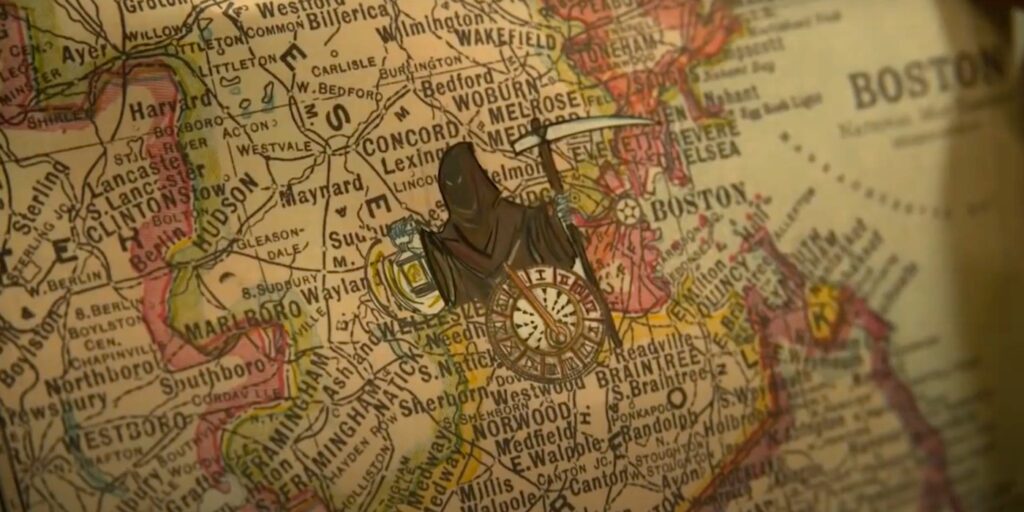Before this week, most of what I had come across regarding mapping had primarily focused on cartography in relation to global geography, landscapes, and even soundscapes. Never on the forefront were considerations around the ontological implications—whose bodies are allowed to move freely across these maps, whose bodies are allowed to be human in relation to the space(s) they occupy. But one thing that is always certain is that the limitations and intentional erasures produced by colonial mapping will always beget counter-maps.
If you haven’t already, please do yourselves a favor and check out the powerful sci-fi series, Lovecraft Country on HBO. It’s f*cking bananas on so many levels! Anyway, in the first episode, we are introduced to George Freeman. This character is loosely based on Victor Hugo Green, the man who wrote and assembled, The Negro Travelers’ Green Book (we’ll pretend that problematic movie doesn’t exist for 5 minutes, k?). Green went on cross-country trips in order to create a catalog for Back travelers where he, “listed hotels, restaurants, beauty salons, nightclubs, bars, gas stations, etc…” (nypl.org). While Green’s journeys are not the focus of this series, the catalog becomes the navigational tool used to counter-map America’s very segregated and violent landscape. I am unsure if Green’s book was a collaboration, but in this episode, George Freeman’s daughter, Diana, illustrates map symbols onto her father’s traditional map based on his catalog and her own artistic and prophetic intuition. This made me think about Yarimar Bonilla’s notion of “prophetic cartographies”. Though Bonilla’s concept is much more complex, Diana focuses on the silences of the map in order to indicate where her father’s body would be vulnerable or free:

While delving further into Victor Hugo Green’s work, I found a digital archive of his text on the Schomburg’s website. To my surprise, they have also extracted the data from his book and created an interactive digital map! They even provided a tool where you can map a trip for either the year 1947 or 1956. The differences are interesting and provide a wealth of information.
Yarimar Bonilla references the idea that “the map is a technology of possession” and it becomes more evident that it is not only the possession of land, but of all things inherent to one’s humanity. Victor Hugo Green used his body as a barometer for the racial climate in each town and state he courageously visited in search of safe-havens for Black folks to just live, just be. This reminded me Asma’s comment last week about how technological tools can be used for community care. How do folks hold one another when the word diaspora opens a door to everywhere and nowhere simultaneously? Victor Hugo Green’s, The Negro Travelers’ Green Book, was a counter-map, a shield, and reclamation of time and space for his people.




Wow, @vmatos333! I love this! First of all, it made want to get a HBO subscription just to watch Lovecraft Country…but most important, I love how you connected our readings to Victor Hugo Green’s work. Thanks for sharing, I’ll go visit the Schomburg Center’s map now! 🙂